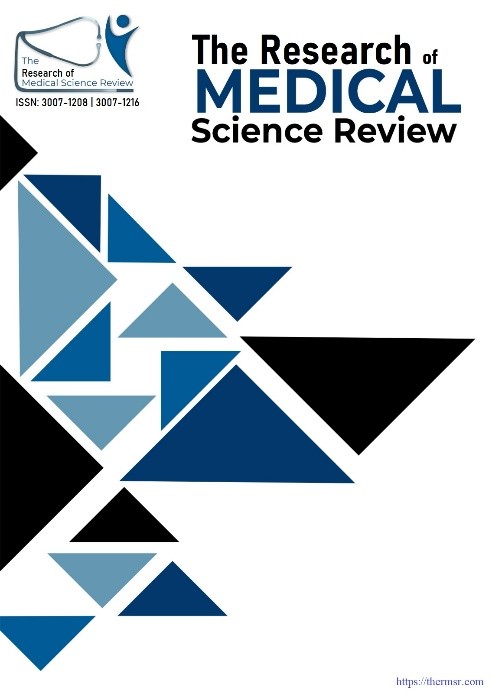FREQUENCY OF SOCIO-DEMOGRAPHIC CHARACTERISTICS IN SUBSTANCE USERS WITH SUBSTANCE-INDUCED PSYCHOSIS
Main Article Content
Abstract
OBJECTIVE: To determine the frequency of socio-demographic characteristics among substance users presenting with substance-induced psychosis.
METHODOLOGY: This descriptive cross-sectional research was carried out in both the outpatient and inpatient psychiatric departments of the Institute of Behavioral Sciences at Dow University of Health Sciences. The study involved 139 participants diagnosed with substance use disorders and substance-induced psychosis, with symptoms persisting for a minimum of one month and daily consumption of at least one standard alcoholic beverage. Each subject underwent a comprehensive clinical evaluation to validate the diagnosis. Socio-demographic information—such as age, gender, marital status, education level, place of residence, and employment status—was systematically collected. Statistical analysis was performed using SPSS software, version 26.
RESULTS: Mean age of the entire cohort was determined to be 32.48 ± 10.32 years, with male subjects comprising the majority of the study sample at 75.5%. Sociodemographic characteristics of the substance users were presented in the following manner: marital (married (56.1%), single (37.4%)), educational level (primary (33.1%); secondary (29.4%)), residence (urban (61.2%); rural (38.8%)) and jobs (Full time (33.8%); Part time (20.9%).
CONCLUSION: This research elucidates that psychosis induced by substance use is disproportionately observed among male subjects, individuals who are married, and those inhabiting urban settings, characterized by a higher occurrence among individuals with low to moderate levels of educational achievement and diverse employment circumstances. These results accentuate the critical necessity of integrating socio-demographic variables into the formulation of targeted interventions and preventive measures aimed at individuals susceptible to substance-induced psychosis.
Downloads
Article Details
Section

This work is licensed under a Creative Commons Attribution-NonCommercial-NoDerivatives 4.0 International License.
